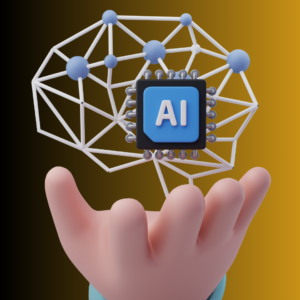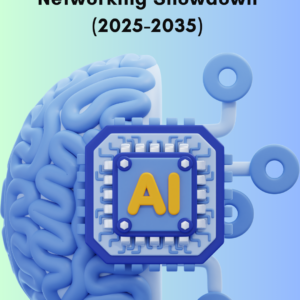1. Executive Summary
-
- Overview of the enterprise AI GPU cluster market
- Key insights from channel partners and system integrators
- Summary of critical buying criteria for AI GPU clusters
2. Introduction to AI GPU Clusters
-
- Role of GPU clusters in AI and machine learning workloads
- Overview of key components in AI GPU clusters (GPUs, storage, networking)
- Market drivers and trends for enterprise adoption
3. The Buying Process for AI GPU Clusters
-
- Typical decision-making processes in enterprises
- Role of system integrators and channel partners in procurement
- Steps involved in assessing and selecting AI GPU clusters
- Key influencers in the buying process (CTOs, IT, data science teams)
4. Key Purchasing Criteria for AI GPU Clusters
-
- Performance requirements (GPU power, scalability, workload optimization)
- Compatibility with existing infrastructure (servers, networking equipment)
- Total cost of ownership (TCO) including hardware, software, and maintenance
- Flexibility and scalability for future workloads
- Power consumption and cooling requirements
- Vendor support and service offerings
5. Impact of AI GPU Clusters on Networking Decisions
-
- Network bandwidth requirements for high-performance AI clusters
- Key networking technologies (InfiniBand vs. Ethernet)
- Importance of low-latency, high-bandwidth networking for AI clusters
- Networking infrastructure scalability for growing AI workloads
- Networking hardware compatibility with GPU clusters
6. Channel Partner and System Integrator Perspectives
-
- Role of channel partners and system integrators in advising clients
- Value-added services provided by channel partners (consulting, integration, support)
- Partnerships with leading GPU vendors (NVIDIA, AMD) and networking vendors
- Case studies of successful GPU cluster deployments by system integrators
7. Enterprise Market for AI GPU Clusters
-
- Segmentation of enterprise customers (size, industry)
- Demand drivers for AI infrastructure in different industries
- Key industries adopting AI GPU clusters (finance, healthcare, automotive, etc.)
- AI cluster usage scenarios (training, inference, big data analytics)
8. Challenges and Solutions in AI GPU Cluster Deployment
-
- Integration challenges with existing infrastructure
- Balancing performance with cost constraints
- Ensuring system reliability and uptime
- Strategies for optimizing AI workloads on GPU clusters
9. Vendor Landscape for AI GPU Clusters
-
- Overview of key GPU vendors and their AI solutions
- Comparison of offerings from NVIDIA, AMD, Intel
- AI GPU cluster system vendors (HPE, Dell, Lenovo)
- Key partnerships between channel partners and GPU vendors
10. Future Trends in AI GPU Clusters
-
- Evolution of AI GPU clusters to meet future AI demands
- Advances in GPU technology (next-gen GPUs, multi-GPU configurations)
- Impact of AI-specific accelerators and custom silicon on the market
- The role of cloud-based AI clusters and hybrid deployments
11. Strategic Recommendations for Channel Partners and System Integrators
-
- Best practices for advising enterprises on AI GPU cluster adoption
- Key factors to consider when building AI GPU clusters
- How to differentiate services in a competitive market
12. Conclusion: Key Takeaways
-
- Summary of key purchasing criteria and market insights
- Final thoughts on the future of AI GPU clusters in enterprise environments
13. Appendices
-
- Glossary of AI and GPU cluster terminology
- Pricing trends for AI GPU clusters and related networking equipment
- Case studies and examples of enterprise AI GPU cluster deployments






